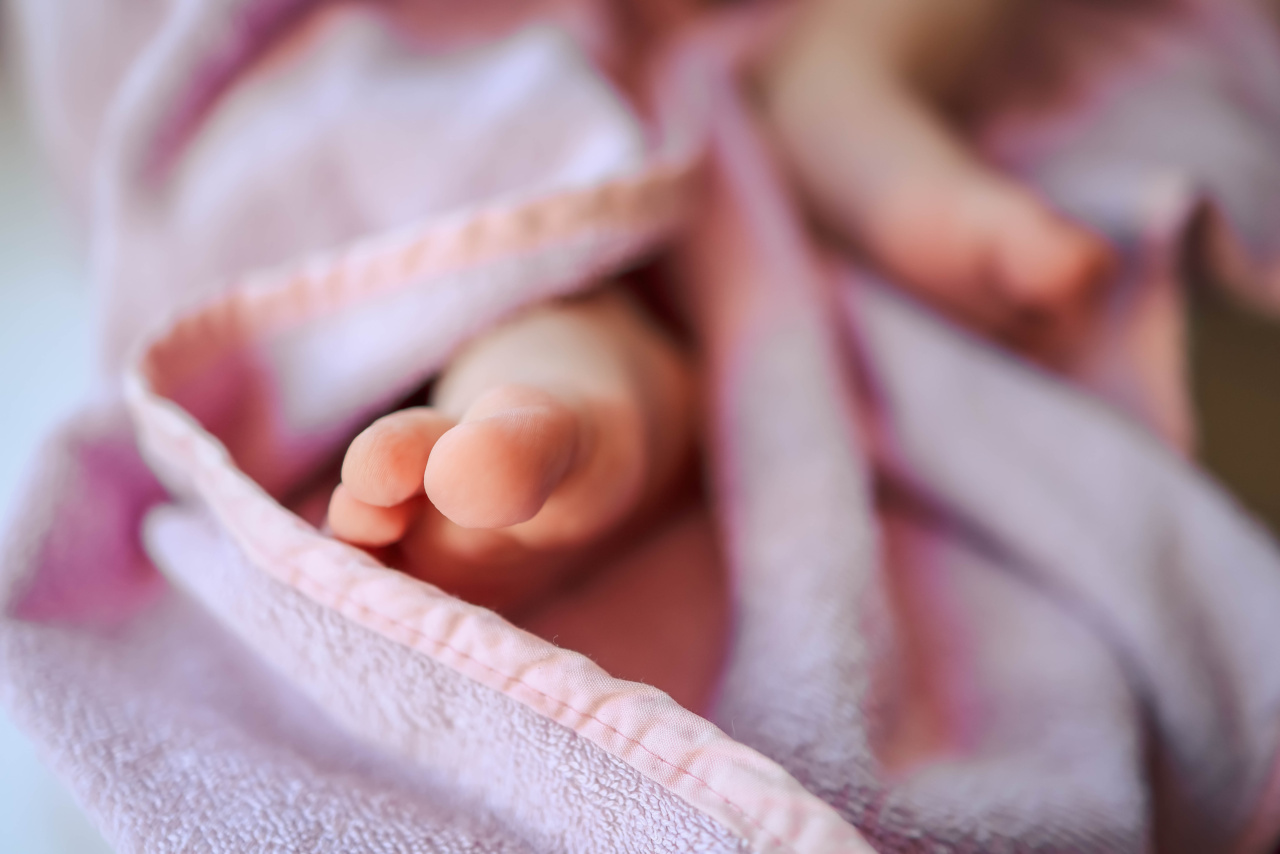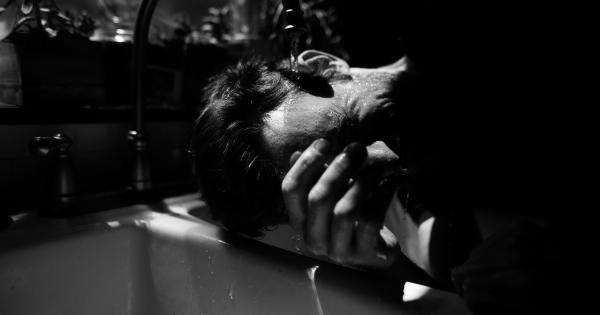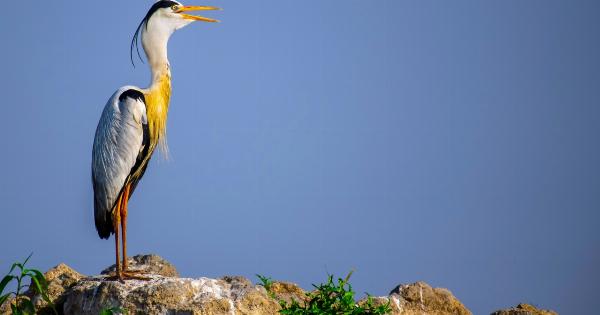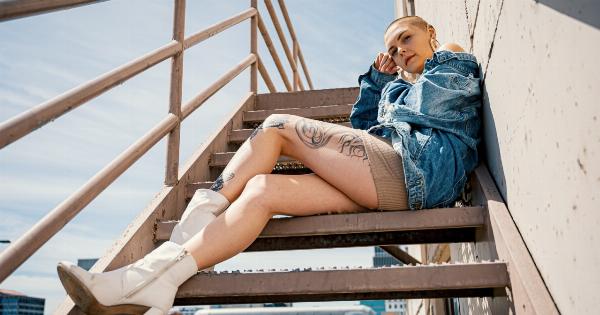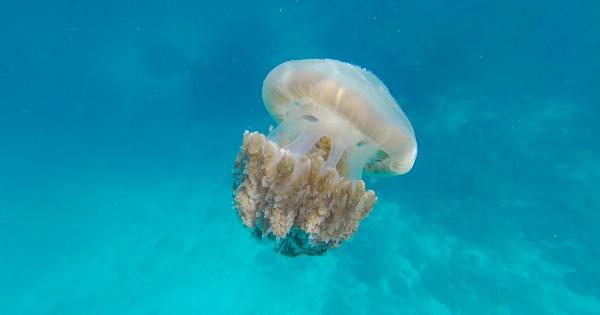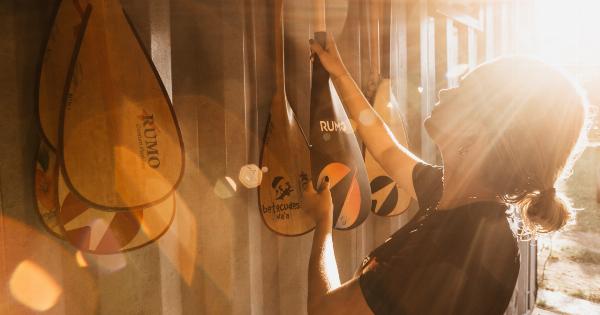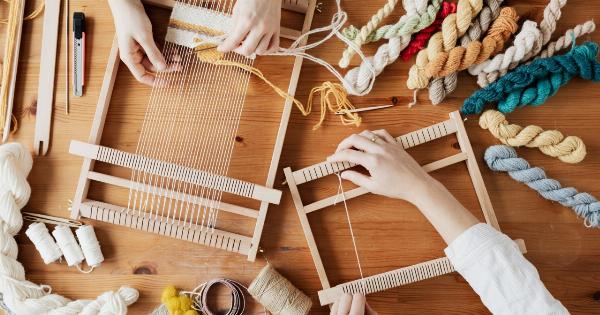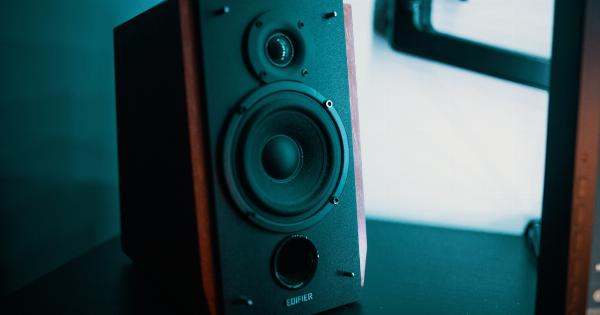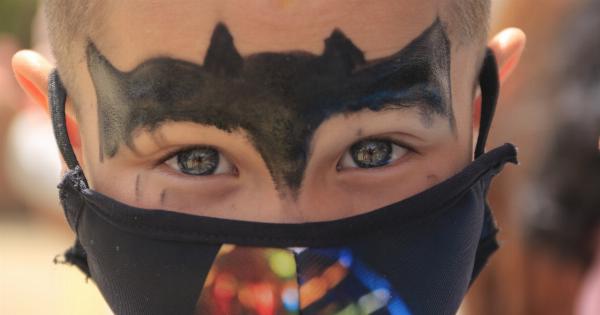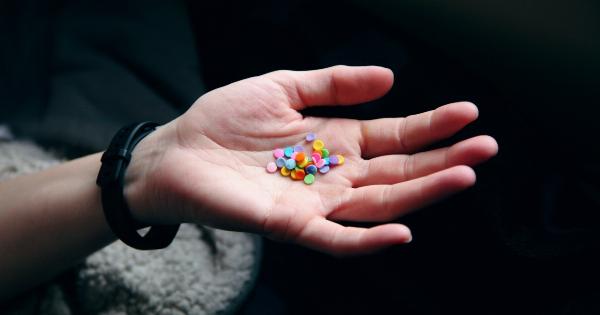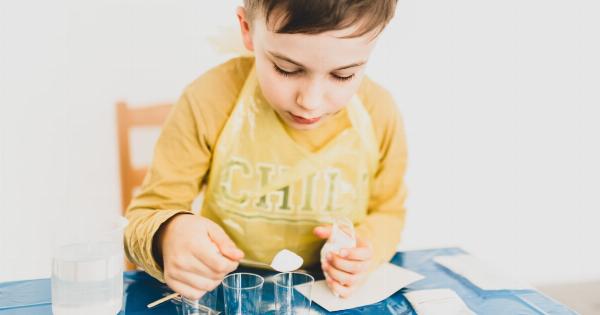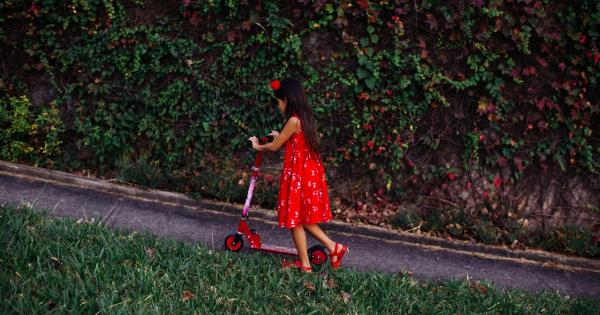Foot blisters are a common problem that can be caused by various factors such as friction, heat, sweat, or wearing ill-fitting shoes.
Blisters can be painful and uncomfortable, and if left untreated, they can become infected and lead to more serious issues. Fortunately, there are many remedies that can help ease the pain, promote healing, and prevent blisters from forming in the first place.
1. Properly Fitting Shoes
One of the primary causes of foot blisters is wearing shoes that are too small or too big. When shoes are too tight, they can rub against the skin, causing friction and blisters.
When shoes are too loose, the foot can slide around inside the shoe, causing friction and blisters. It’s important to find shoes that fit well and provide enough room for your feet to move without rubbing against the shoe. If you’re not sure what size shoe to wear, visit a professional shoe fitter for advice.
2. Moisture-Wicking Socks
Sweat can also cause blisters on the feet, especially if you’re wearing socks that trap moisture. Moisture-wicking socks are designed to help keep your feet dry by pulling sweat away from your skin.
These socks are made of synthetic materials that can absorb moisture and wick it away from your skin. This can help prevent blisters from forming and keep your feet comfortable.
3. Foot Powder
Foot powder can help keep your feet dry and reduce friction, which can help prevent blisters. You can use a variety of powders such as talcum powder, cornstarch, or baking soda.
Simply sprinkle a small amount of powder inside your shoes and on your feet before putting on your socks. This can help absorb moisture and reduce friction.
4. Blister Pads
If you already have a blister, a blister pad can help protect it from further damage and promote healing. Blister pads are made of soft gel material that cushions the blister and protects it from rubbing against your shoe or sock.
Some blister pads also contain medication that can help speed up the healing process.
5. Epsom Salt Soak
An Epsom salt soak can help relieve pain and promote healing by reducing inflammation and drawing out toxins from the blister. Simply fill a basin with warm water and add a handful of Epsom salt.
Soak your feet for 15 to 20 minutes, then gently pat them dry with a soft towel. This can help reduce pain and speed up the healing process.
6. Aloe Vera Gel
Aloe vera gel is known for its soothing and healing properties. Applied directly to the blister, it can help relieve pain, reduce inflammation, and speed up the healing process.
Simply apply a small amount of aloe vera gel to the blister and cover it with a bandage or blister pad. Repeat this process two to three times a day until the blister has healed.
7. Duct Tape
Duct tape may seem like an unusual remedy for blisters, but it can be surprisingly effective. Simply cut a small piece of duct tape and apply it directly to the blister.
The tape will help reduce friction and prevent the blister from rubbing against your shoe or sock. This can help relieve pain and promote healing. Change the duct tape every 24 hours or as needed.
8. Ice Pack
An ice pack can help reduce pain and swelling caused by a blister. Simply wrap an ice pack in a towel and apply it to the blister for 10 to 15 minutes at a time.
This can help reduce pain and inflammation, but be careful not to apply the ice pack directly to the skin as this can cause frostbite.
9. Rest and Elevate
If a blister is particularly painful, it may be a good idea to rest and elevate the affected foot. This can help reduce swelling and relieve pressure on the blister.
Try to keep the foot elevated whenever possible, and avoid activities that put pressure on the blister until it has healed.
10. Seek Medical Attention
In most cases, home remedies are sufficient for treating foot blisters. However, if a blister is particularly large, painful, or shows signs of infection, it may be necessary to seek medical attention.
A healthcare professional can drain the blister safely and prescribe antibiotics if necessary.
